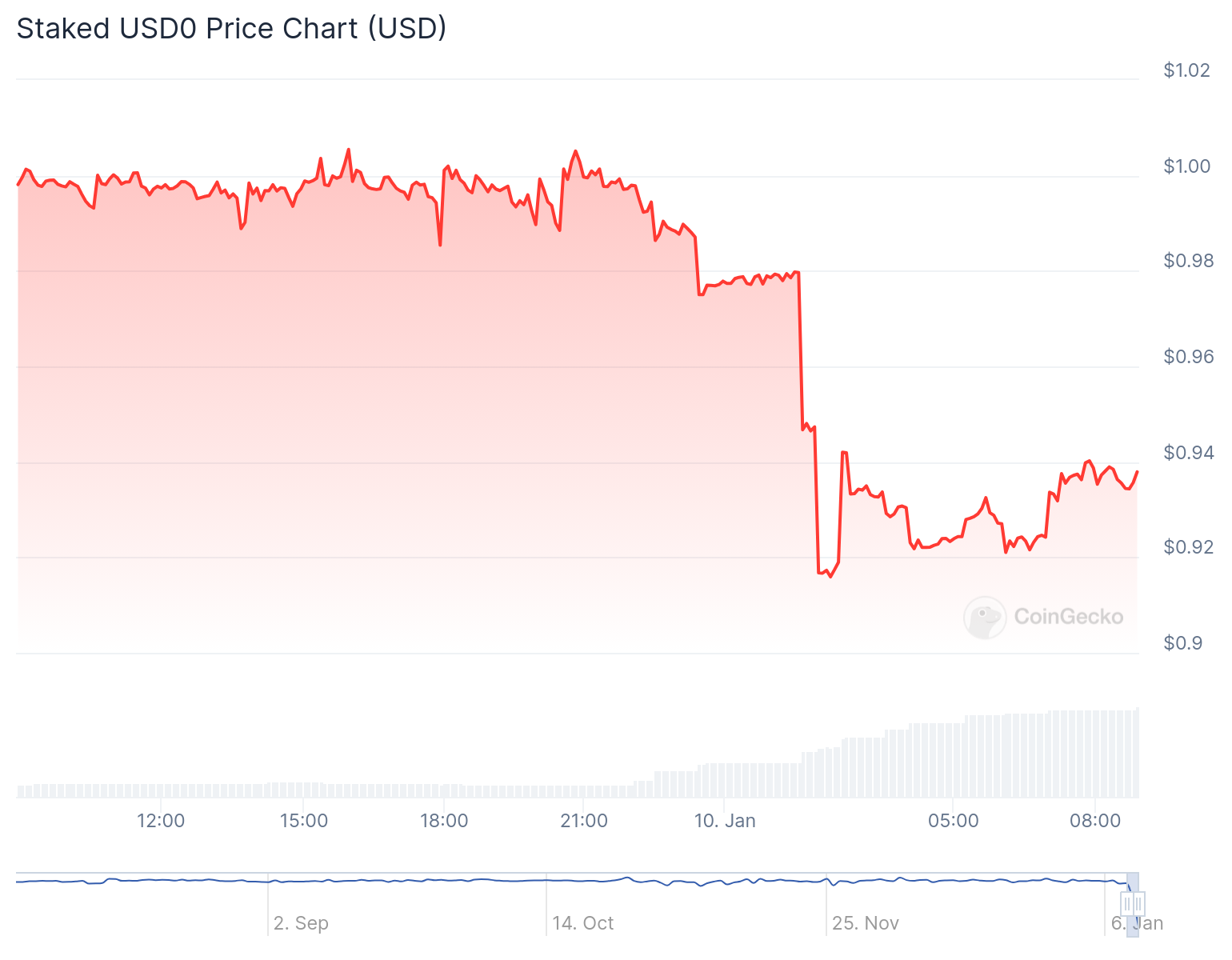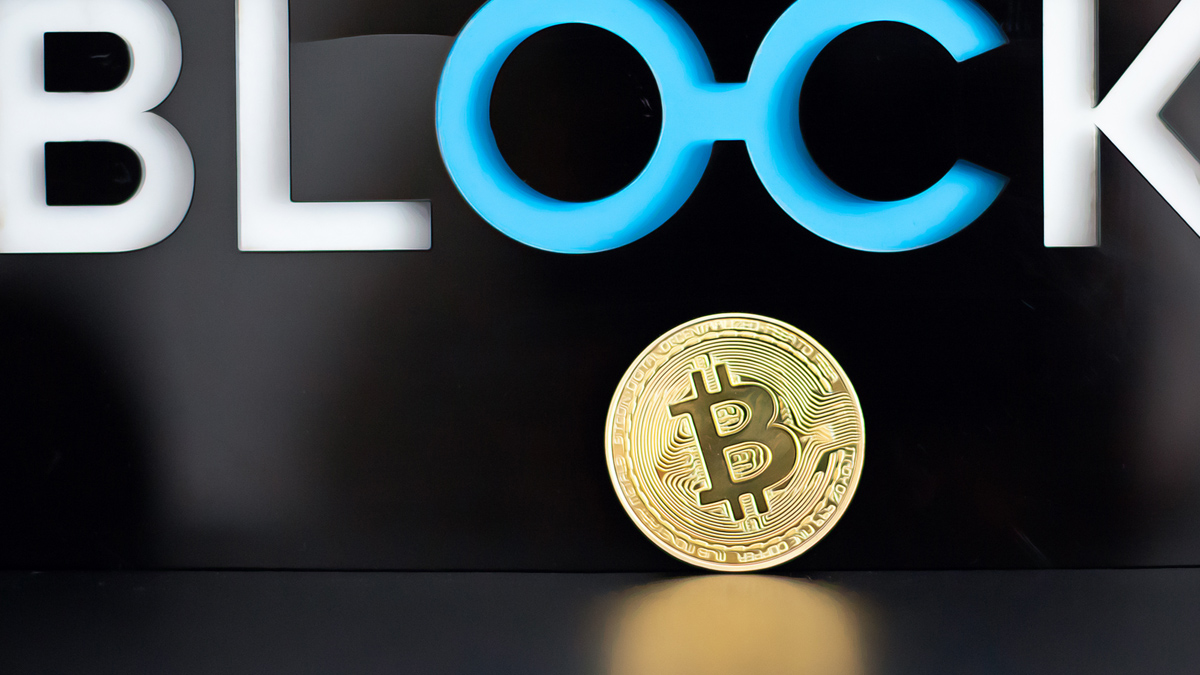Usual Money’s USD0++ stablecoin, backed by U.S. Treasury bonds, fell significantly after a recent dual exit update, dropping from $1 to $0.915—a loss of 8.5%. This decline sparked discussions within the altcoin community regarding the stability and trustworthiness of the asset.
Transition to New Structure for USD0++
USD0++ differs from Usual Money’s core stablecoin, USD0, and functions similarly to a zero-coupon bond, maturing into the protocol’s main asset, USUAL, over four years. Financial expert mytwogweis highlighted that “As of today, USD0++ should have a fair market value of approximately $0.855. Buying at $0.855 and holding for four years can yield a risk-free return to $1.”

Prior to the update, the USD0++ coin could be exchanged 1:1 for USD0. However, with Usual Money’s recent announcement, this has changed. Coin holders must now choose one of two new exit routes: an early redemption at a 1% yield loss or selling at a base price of $0.87, which is set to gradually increase to $1 over the next four years.
Community Response Sparks Debate
Some members of the altcoin community reacted negatively to the changes, arguing that USD0++ was marketed as a stable asset pegged to $1. A user named Olimpio stated, “They have abruptly fixed the USD0++ coin at a base price of $0.87, resulting in a total loss of $1.5 billion.”
Another community member criticized the Usual Money team for previously claiming that USD0++ could be exchanged at a 1:1 ratio with USD0, only to suddenly remove that functionality, leaving users in a difficult position to preserve their locked asset value.
Conversely, some community members believe this change may prove beneficial in the long run. User May Mei commented, “USD0++ is essentially a four-year bond for USD0. It yields returns in USUAL daily. Yes, it seems like an abrupt decision, but it might be advantageous in the long term.”
After the update, USD0++ holders took action to exit, causing a 92% imbalance in the liquidity pools involving USD0 and USD0++ coins.
In December, Usual Money had initiated a new reserve model and launched a new stablecoin project named UsualM, supported by a $10 million investment round led by Binance and Kraken.

 Türkçe
Türkçe Español
Español









